The Martial Arts of Japan
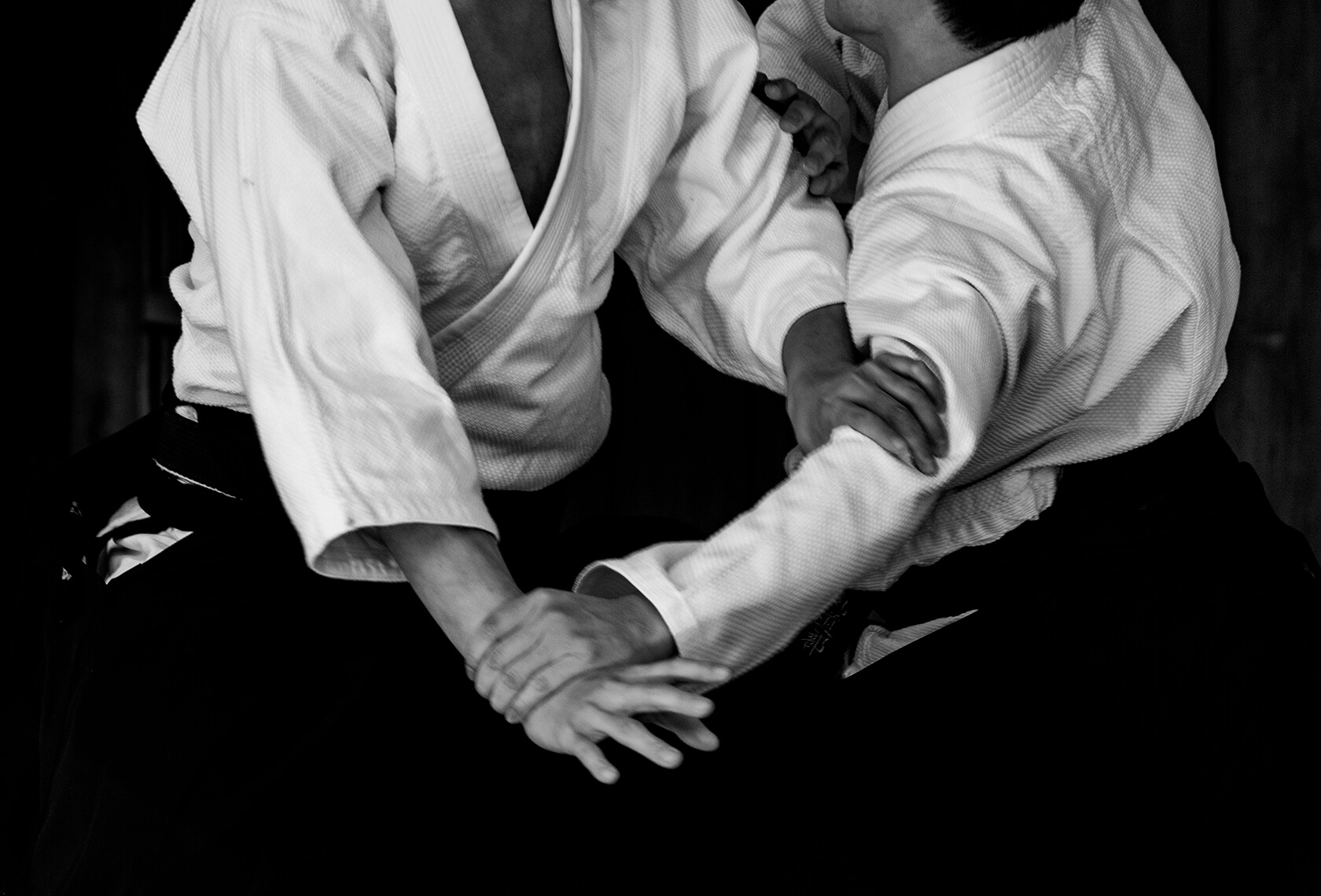
Japan has always been known for its rich history and culture. With an endless number of options to get a full Japan experience, everything in Japan is just really incomparable. The food, activities, tourist spots, language, and discipline, the country is distinct in many ways.
Many tourists come to Japan for different reasons. But if there is one thing that significantly adds to the incredible uniqueness of Japan, it is their martial arts. Dating way back to medieval times, the martial arts of Japan have made strong fighters across the country. Now, millions of martial artists across the world aspire to be just like a samurai.
Martial Arts of Japan: The Way of the Samurai

Budō(武道) or Japanese martial arts were born from the need for protection and combat. During the Edo Period(1603-1867), those who belonged in the highest-ranking social class were called the bushi(武士) or samurai. These warriors rigorously practiced combat skills and eventually handed down their philosophies and techniques to the following generations.
In the present time, practitioners no longer use the martial arts of Japan for combat. Through time, they have become reliable self-defense skills. In modern times, they are practiced for educational values, aiming to encompass spiritual, moral, cultural, and physical growth. Every martial arts practitioner reflects the power and strength of a samurai.
For martial arts enthusiasts out there, learning the martial arts of Japan is a great way to learn about the country’s history and the art in general. Here are some of the popular modern Japanese martial arts to wake up your inner samurai:
Karate

Karate(空手) means “empty hand,” perfectly describing the martial art’s nature: weaponless. Born on the island of Okinawa, karate is probably one of the well-known martial arts worldwide. It emerged in the 14th century on what was known as the Ryūkyū Kingdom, where there were trade relations with China.
Karate was brought to the Japanese mainland later on. It came from indigenous fighting methods, te(手), which means “hand,” and Chinese kenpō. The martial art was renamed from “Chinese hand”(唐手) to “empty hand.” The unarmed martial art practices the discipline of kicking, striking, and defensive blocking, using only arms and legs. Widely influenced by the course of history, modern karate has branched into different styles. Some of these include techniques for grappling, locks, restraints, vital point strikes, and throws.
Karate has also become a well-known sport worldwide. With around 100 million people from 5 continents and 192 countries practicing the martial art, it truly sets Japan’s influence apart from other countries. Part of karate’s growth is the “Karate belt system,” which represents the progress of a karate student since the early 1900s. The white belt symbolizes the very initial level and black for completion of a more in-depth and complete understanding of karate.
Karate, beyond the physical power and the self-defense skill sets, is deeply philosophical. Practitioners instill self-discipline by identifying and honing their strengths. The martial art’s growth makes Okinawan karate even more meaningful to practitioners, leading them to visit Okinawa to learn the roots of the martial art.
Aikido

Aikido(合気道) is a spiritual martial art itself. From the three characters ai(合), meaning “union or harmony,” ki(気) meaning “universal energy or spirit,” and do(道), meaning “way,” the martial art is known as “becoming one with the opponent.” Founded by Morihei Ueshiba in the late 1920s, aikido is an influence by older Japanese martial arts.
Morihei Ueshiba mastered several styles of jujitsu, fencing, and spear fighting, and eventually hoped to find a more profound significance to life. Along with his impressive physical capabilities, he combined martial training with religious and political ideologies, developing the modern martial art of aikido. The martial art involves techniques that protect opponents or attackers from getting injured.
The goal is to blend with the motion of the opponent and redirecting the force of their attack. It is using the opponent’s strength against them. Aikido involves harmless holds and throws, allowing practitioners to defend themselves without hurting the attacker. The techniques make this martial art remarkably peaceful and truthful to its meaning “the way to union with universal energy.”
Aikido is seen as a “new culture of humanity” in the 21st century as it influences millions of martial artists worldwide. Aikido belts are also a modern invention. Initially, there were only two colors that were in use: white and black. Eventually, additional colors made to represent the different ranks. Currently, there are various ranking systems worldwide.
Kendo

Based on Japanese techniques on swordsmanship, kendo(剣道) is the “Way of the Sword.” It is the traditional Japanese fencing that uses bamboo swords and protective armor. Heavily related to the methods of Samurai warfare, kendo dates back to the 13th century. It had been banned after World War II for several years but was resurrected as an educational sport later on.
Kendo is one of the most common martial arts offered at public schools in Japan. It involves full-on thrusts, strikes, and responses to attacks with the bamboo sword. As a full-contact sport, kendo coordinates the physical, mental, and emotional dimensions.
Without belts or outward marks of rank, kendo practitioners are ranked through a grading system. The highest grade, 8th Dan, is notorious for being difficult to pass. The Dan exams are held twice a year in Japan, and usually, less than 1% of takers pass. This makes kendo a lifelong art.
There are over 1 million people in Japan who have acquired some level of Kendo training and more than 6 million worldwide. Practitioners wear a black uniform, and techniques involve showing martial spirit through yelling. Kendo is exceptional for its cultural significance, achieving the unity of body and mind.
Kyudo

Kyudo(弓道), the “Way of the Bow,” is the Japanese style of archery. It has its own philosophy, equipment, customs, and techniques. Kyudo is shooting arrows with asymmetrical, longbows. As it requires maturity and power, the martial art is not taught until the age of 15 in Japan.
The ancient Shinto tradition has ritualized the use of bows and arrows for over 2,000 years. It is believed to be where the roots of kyudo lie. For a samurai, archery was considered the most important skill, surpassing swordsmanship. Unlike other martial arts of Japan, there is no opponent to tackle in kyudo. However, there is a small target that usually measures 36 centimeters in diameter, placed 28 meters away from the shooting range.
Any beginner in kyudo would think that hitting the target is the goal. It is essential, but an archer’s attitude and dignity are more important. Achieving the mushin(無心) mental state is the ultimate goal, where the practitioner clears their mind and is in the form of “meditation through action.” With the 8th Dan as the highest grade, kyudo is also a lifelong practice.
Practitioners of this martial art are expected to aim for perfection in technique, to have the highest level of refinement and embodiment of the skill. If possible, the truth of kyudo shall be transparent to whoever bears the bow. This quiet art may look easy, but it is difficult to master. The same in kendo, the success rate of the 8th Dan exams is less than 1%.
Becoming one with the bow and not controlling the arrow makes kyudo’s principles as “truth, goodness, and beauty.” A practitioner shoots with a pure mind, goodness in character, and beauty in gracefulness. The International Kyudo Federation has 28 member nations, and the martial art is continuously being introduced to the rest of the world.
Sumo

Learning about Japanese martial arts will not be complete without learning about sumo(相撲). The country’s national sport is a Japanese style of wrestling. It originated in Shinto religious rituals, which include human wrestling with a Shinto divine spirit. As a martial art, the rules for sumo are simple. The wrestler who first touches the ground with any part of his body aside from his feet loses — the same goes for whoever gets thrown out of the ring first.
To those unfamiliar with the history of sumo, a wrestling match may seem like another form of entertainment. But there is nothing easy in this martial art, as it is not just about throwing the opponent off the ring. It is a full-contact wrestling sport, and professional sumo wrestlers have to live a traditional lifestyle. They train together at sumo stables where they learn techniques from each other. In the stables, wrestlers of different ranks live and deepen their understanding of the martial art under one roof.
Sumo wrestlers perform ceremonies when entering the ring. One is purifying the ring with salt, and these rituals often resemble a dance. Concerning the purity of the ring, women entering a sumo ring is considered a violation. However, there is a tradition of women in sumo in Japan.
The Yokozuna is the highest rank in sumo, and they are legendary sumo wrestlers. The Yokozuna are those who have reached the highest excellence in power, skill, and dignity. Since 1630, still not more than 100 wrestlers have been granted this rank. Generally, all sumo wrestlers are required to wear and live tradition. They train to represent strength and grace.
Conclusion
The martial arts of Japan continuously grow and reach different parts of the world. Tracing the country’s history, the samurai have gracefully represented strength and power. Although the existing techniques in the martial arts originated from martial skills, they have eventually become the basics of self-defense, armed with philosophy and discipline.
The samurai aimed to attain a spiritual mastery, and practitioners still incorporate this in the martial arts of Japan. Artists and students are trained to have a deeper understanding of their martial art, putting strength and dignity above the mastery of techniques.
Karate, aikido, kendo, kyudo, and sumo are only a few of the martial arts of Japan. All of them teach the philosophy that budō is not about overcoming an opponent, but overcoming yourself. The more you know about budō, the more you know the way of the samurai!
Motto Japan, the community platform to support foreigners with the foundation for life in Japan, including Japanese study, job opportunities, and housing service. Motto Japan Media will provide a wide variety of information for Japanese fans all over the world, to create a cross-cultural environment and enrich the life of foreign residents in Japan!


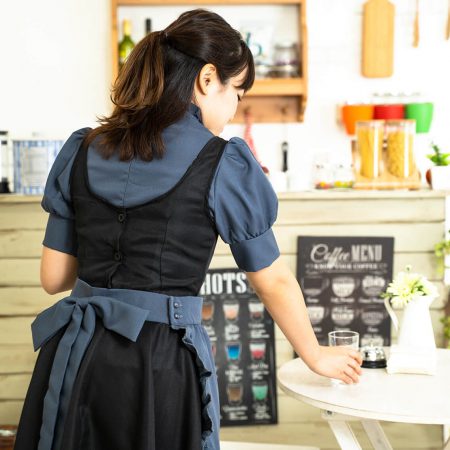
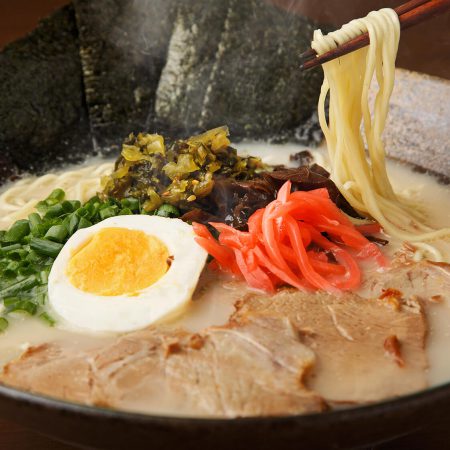
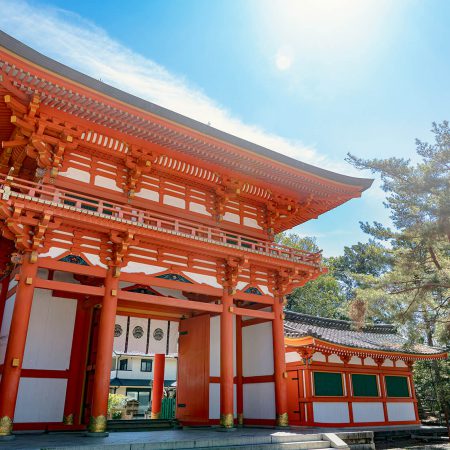


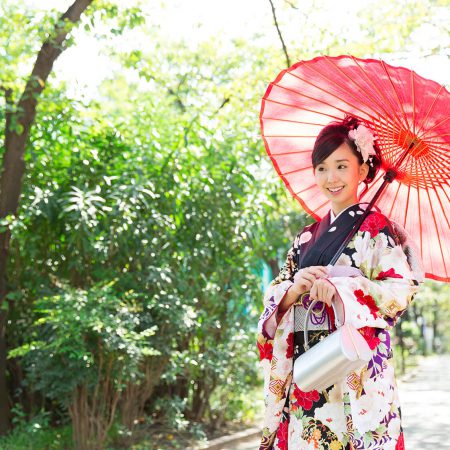
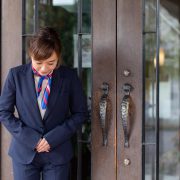




Leave a Reply